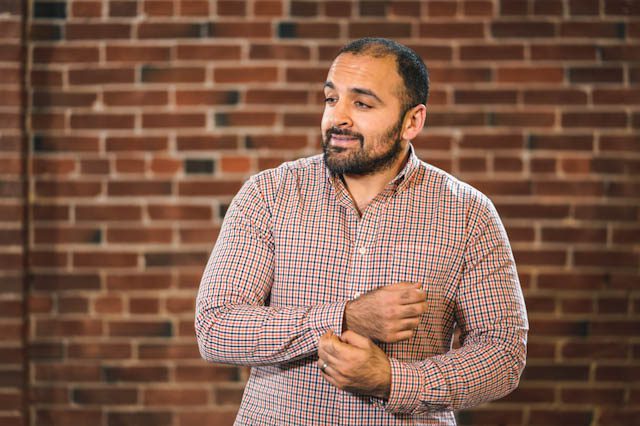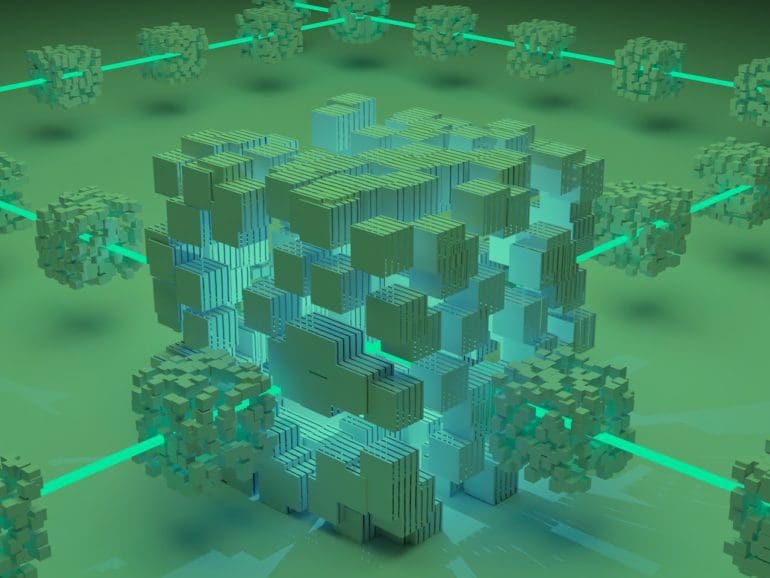As climate change rears its ugly head and shows its effect on the world’s ecosystems, the race to reduce emissions becomes ever more urgent.
Efforts to reach reduced carbon emission levels to meet targets set by institutions and alliances are seemingly futile. Data shows that despite efforts to reduce carbon, we are still on track to reach a warming effect of two degrees or more.
The IPCC released a report in April 2022 which stated that to meet targets to limit global warming to 1.5C-2C, as set in the Paris agreement, it would require immediate coordinated action from all international jurisdictions.
Global emissions continue to rise and, given implemented policies, are unlikely to stop. A sharp decline in emissions is needed almost immediately to reach targets.
“You look at the Paris agreements, Kyoto agreements, and where everything’s lining up, we’re not moving as fast as we need to be,” said Jahed Momand, General Partner and Co-Founder of Cerulean Ventures.
For Momand, DeFi could provide the much-needed push to get climate change objectives on track. “It’s a useful tool in as much as it helps us coordinate financial activity to create new incentives to get us off of those targets.”
Issues quantifying and monitoring regeneration
There are very few third-party bodies monitoring climate regeneration projects.
Verified Carbon Standard, Gold Standard for the Global Goals, and Climate Action Reserve are three of the largest, but as medium-sized centralized entities, their reach for verification is limited.
The lack of monitoring has led to widespread greenwashing and a lack of coordination in approaching the climate issue.

“We can’t rely on those little governing bodies to do this,” said Momand. “If you think about what we need to do by 2050, essentially the IPCC, everyone says that we need to take 10 Giga tonnes of carbon out of the atmosphere by 2050 to avoid the worst climate scenarios. That would require reforesting an area 35 times the size of the UK.”
“If you’re dealing with centralized entities to monitor it, that’s gonna be a tall ask.”
DeFi and DAO communities spread globally, creating a network of individual contributors working towards common goals. Their decentralization extends their reach, creating opportunities for monitoring even in remote areas.
“When we look at coordination failures, difficulty measuring illiquid assets, middlemen, this is all the stuff that blockchain addresses. We must coordinate and build new institutions to do what we need to do to have a habitable planet for those who care about it.”
Monitoring is essential to increase the incentivization and effect of sustainable practices significantly. Momand explained that through effective tracking, he believes it will become clearer how to quantify regeneration attempts and create markets around them.
Incentivising carbon emission reduction through carbon credits and tokenization
Carbon capture, tokenized through carbon credits, could be critical to improving global levels. Carbon credits represent one tonne of carbon dioxide from the world’s atmosphere. They can be purchased by an individual or, more commonly, a company to make up for carbon dioxide emissions from industrial production, delivery vehicles, or travel.
Carbon credits and tokenization of other regenerative practices could solve issues of incentivization. Many experts that support the development of the financial sector towards net zero goals without greenwashing cite a lack of incentive as a primary reason for existing institutions not to change their practices to be more sustainable and reduce emissions.
Despite the rising market value of green finance, many institutions are still on the fence. Outrage was sparked at the idea of high investment to comply with mandatory emissions disclosure, and greenwashing is still rampant in many industries.
Momand believes there is work to do to increase the value of the voluntary carbon credit market, which can be assisted dramatically by DeFi and Web3 components.
“The voluntary carbon credit market is a billion dollars as of last year, but depending on who you ask, institutions say that the carbon market could reach $100 billion by 2030.”
“I think the space for regenerative finance is massively increasing the supply of carbon credits and creating the incentives to do that.”
As well as this, many projects in developing economies do not have the funding or monetary incentive to change practices.
Industries such as the palm oil industry heavily contribute to deforestation on a large scale, thus affecting carbon capture. Tokenisation of carbon could create incentives to improve regeneration in these areas.
Creation of new decentralized institutions needed
Infrastructure is required to assist in creating new, impactful, regenerative DeFi (ReFi) markets. Momand explained there is a distinct need to create new institutions and organizational structures that could use the flexibility of decentralization to achieve regeneration targets.
“When you get to that level of global scale, there’s so much complexity and incentives and regulatory capture and other things that stand in the way. We need to be creating new possibilities.”
Web3 technology brings with it the potential to rethink organizational structures and create significant opportunities. P2P lending and tokenization are aspects that can be maximized through DeFi, to target climate objectives.
The extensive permissions process dissuades many small-scale initiatives and investments needed. Silta Finance, one of the companies backed by Cerulean Ventures, leverages DeFi and Web3 technology to assist in regenerative funding projects.
“They decided that there is a space to use the efficiencies of coordination technologies such as DAOs, and programmable contracts, whereby projects far below the $100 million price tag area could be coordinated with a set of smart contracts,” explained Momand.
Silta has created a DAO of underwriters, creditors, and other experts, along with another group that has tapped into every database for project finance.
Due to Silta’s expertise in the space, the risk scoring for projects is based on methodologies created by the firm, and the DAO is used to vote on which ones get approved. When projects are approved, they gain access to finance from a decentralized finance pool.
“It’s basically like saying, can we find a way to make a $10 million project happen on-chain that would never happen otherwise, that can regenerate a particular tract of land or urban land to make it net carbon negative?”
Silta is a prime example of the kind of institution made possible by rethinking institutional organization to include Web3 technology in reaching sustainable targets.
The case study of Silta also highlights the potential DeFi has for distributing funding, allowing access to communities worldwide. Funding, which in many developing economies is still challenging to obtain.
“A part of why DeFi is important is that it gives distributed communities a way to get funding to do the things they need to do,” said Momand. “It’s clear that decentralized finance is superior to the existing financial system in many ways on that front.”
“I think the ability to do that needs to be broadly popularised and made more approachable. Because there are clear areas of DeFi that are immensely superior to the existing system in terms of privilege and permissioning, as well as other aspects.”
Leveraging the power of the masses
Although regulators are working to improve response, they face approval procedures that can take years to complete. Time that, according to recent climate data, we don’t have.
DeFi leverages the connectivity of distributed communities to sidestep the drawn-out processes and create small-scale action, which can be quicker to implement at multiple points over a global area.
“If you look at recent history, it doesn’t look good. I think, though, that there are so many people and so many small-scale things that can be accelerated and coordinated that I don’t necessarily think all that has to be at the level of the EU or the level of a nation-state. That’s kind of the whole thing that we were talking about. We need to find other layers to coordinate where we can open up possibilities for more people to do things at scale.”
“I think that is the future, the space, and the growth is all about massively increasing the supply of carbon credits so that there are actual demand and functioning markets here. Then it’s about expanding the scope and saying, what do other people want to see and what did they want to regenerate in their ecosystems?”
“We need scale, and we need to rapidly tokenize some of these things so we can get to how much they are worth and incentivize people to take better actions for all of us. It doesn’t have to be a nation-state; it doesn’t have to be a multi-national trade agreement. We need to give people the tools to do this.”


